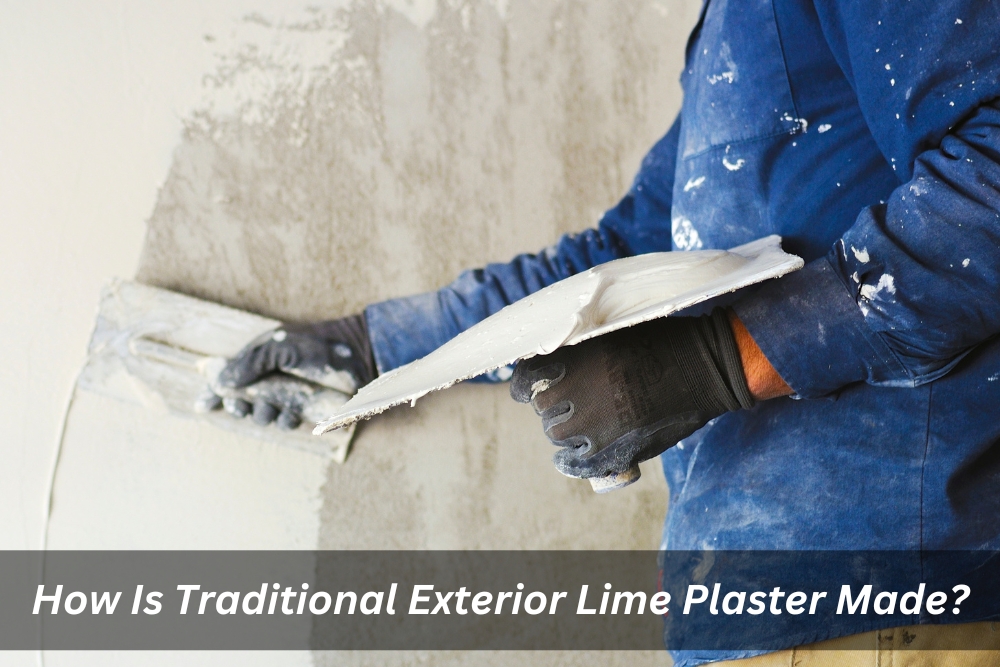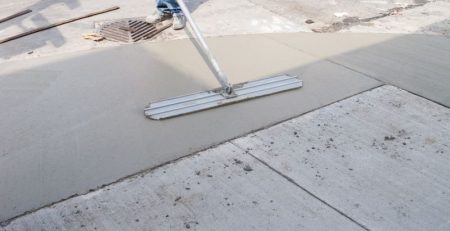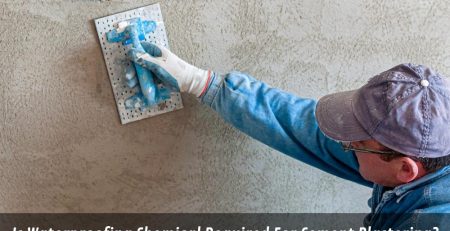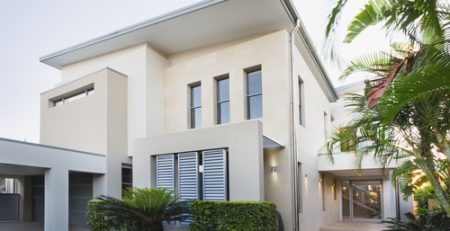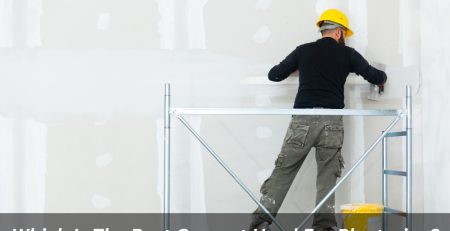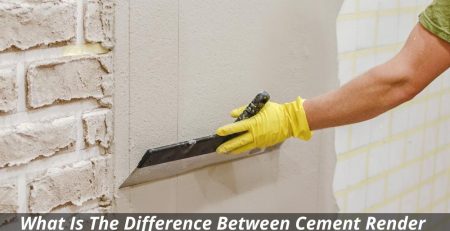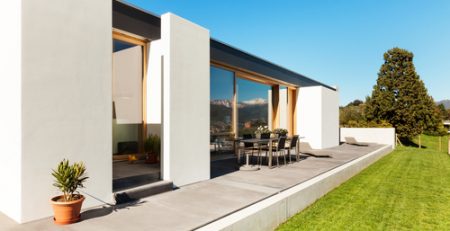How Is Traditional Exterior Lime Plaster Made?
If you’re looking for a durable and beautiful exterior finish for your home, exterior lime plaster may be just what you need. People have been using this traditional plastering method for centuries. It provides a natural, breathable finish that can withstand the elements for years to come. But how exactly is traditional exterior lime plaster made? In this blog post, we’ll take a closer look at the ingredients, process, and benefits of using lime plaster for your home’s exterior.
What is exterior lime plaster?
Exterior lime plaster is a material used to coat the exterior of buildings. The combination of lime, sand, and water makes up its composition. Lime acts as the binding agent while sand provides texture and water helps to create a workable consistency. This combination creates an incredibly durable, breathable material that can withstand extreme weather conditions and hold up for many years.
What are the materials used in lime plaster?
The materials used in lime plaster can vary depending on the specific application, but the basic ingredients are as follows:
- Lime – The primary ingredient in lime plaster is lime, which is typically sourced from limestone or chalk. There are several types of lime used in plastering, including hydraulic lime, hydrated lime, and lime putty.
- Sand – Sand is added to lime plaster to improve its strength and texture. The type of sand used can vary depending on the desired finish and application. But, it should be clean and free of impurities.
- Water – Water is used to hydrate the lime and create a paste that can be applied to walls and other surfaces. The amount of water used can vary depending on the desired consistency of the plaster.
- Fibres – Sometimes, lime plasterers may add fibres like straw or animal hair to enhance the strength of the material and prevent it from cracking.
- Additives – Depending on the specific application, other additives may be added to lime plaster to improve its performance. To illustrate, one can add pigments to create various colours or incorporate retardants to decelerate the drying process.
Overall, lime plaster has been a versatile and durable building material for centuries, and applying it to a wide range of surfaces can result in an attractive and long-lasting finish. To achieve this, one must use the right materials and techniques.
What are the steps for making traditional exterior lime plaster?
The process of making traditional lime plaster involves several steps.
- Prepare the Lime Putty
The first step is to mix the lime putty with water until it reaches a thick, creamy consistency. Before continuing, make sure to break down all the lumps and achieve a smooth mixture.
- Add Sand and Water
Once you have achieved the desired consistency, add sand to the mixture and stir until it has combined completely with the lime putty. You can adjust the amount of sand used to achieve your desired texture for the final product. More sand will give a rougher texture while less sand will produce a smoother finish. Finally, add enough water to reach the desired consistency for applying the plaster.
- Add Fibers and Pigments
If desired, you can now add fibres such as straw or animal hair to increase the strength of the plaster. Furthermore, one can add pigments at this stage to create a range of colours and finishes.
- Apply the Plaster
After combining all the ingredients, you can apply the plaster onto your chosen surface. To attain a consistent texture, one can even out any uneven areas by utilizing either a trowel or brush, based on the plastered surface. Allow the plaster to dry completely before moving on to the next step.
- Cure The Plaster
Finally, in order to achieve its maximum strength and durability, it is necessary to cure the plaster. This involves wetting it on a regular basis for several weeks, which enables the lime to hydrate and reach its full potential. Once the curing process is complete, your traditional exterior lime plaster is ready to use!
Making traditional exterior lime plaster requires skill and knowledge of the craft, but with the right materials and techniques, you can create a durable and attractive finish. By understanding the steps involved in this process, you can ensure that your finished surface will last for years to come.
What is the importance of proper mixing and curing?
Proper mixing and curing of exterior lime plaster are essential for achieving a durable and long-lasting finish on a building’s exterior. For centuries, people have used lime plaster as a building material due to its unique properties, including breathability, flexibility, and durability. However, to fully benefit from these properties, it is important to mix and cure lime plaster correctly.
- Firstly, proper mixing ensures that the lime plaster has the right consistency and strength to adhere to the surface. To ensure the stability and prevention of cracking or peeling over time, thoroughly mix lime and sand using the correct ratio for the plaster. The consistency of the plaster also affects its durability and breathability. If the plaster is too thick or too thin, it may not adhere correctly and may not allow moisture to pass through, which can lead to water damage and mould growth.
- Curing is equally important as it allows the plaster to fully harden and bond to the surface. Lime plaster requires a longer curing period than other materials such as cement plaster. Curing can take up to several weeks and requires consistent moisture and temperature levels to ensure that the plaster dries evenly and does not crack.
- Proper mixing and curing of exterior lime plaster also have environmental benefits. Lime plaster is a sustainable and eco-friendly building material. The product consists of natural elements and lacks any harmful chemicals or toxins. Additionally, lime plaster has a low carbon footprint as it requires less energy to produce than other building materials such as cement.
In summary, proper mixing and curing of exterior lime plaster are crucial for achieving a durable and long-lasting finish on a building’s exterior while also providing environmental benefits. It is essential to follow the correct mixing and curing procedures to ensure that the plaster remains stable, breathable, and eco-friendly.
What are the benefits of using traditional exterior lime plaster?
Traditional exterior lime plaster offers many benefits over other types of plaster.
- Its breathability helps to regulate indoor humidity, preventing dampness and mould growth.
- Additionally, it is less likely to crack or deteriorate over time due to its flexible nature.
- It also has a unique visual appeal that can add character and charm to any home or building.
- Finally, lime plaster is an environmentally friendly material. The product consists of natural elements and does not include any harmful chemicals or toxins.
For those looking for a long-lasting and aesthetically pleasing finish for their walls, traditional exterior lime plaster is an excellent choice. With the right materials and techniques, this age-old building material can provide your home with a timeless look that will stand the test of time.
Conclusion
All in all, to make traditional exterior lime plaster, a person needs to mix lime putty, sand, water, and any desired additives. Once they combine the mixture and apply it to the chosen surface, they must wet it regularly for several weeks to cure it. The benefits of using traditional lime plaster include its breathability, durability, flexibility, visual appeal, and environmental friendliness. With proper technique and materials, this building material can provide a timeless finish that will stand the test of time.
We know it can be difficult to find the right renderer for your project and that’s where Jims Rendering Sydney comes in. We provide a wide range of rendering services, from traditional lime plaster to modern acrylic renders. Our experienced professionals have the necessary skills and knowledge to ensure they complete your job correctly, on time, and within budget. Contact us today for a free quote!

